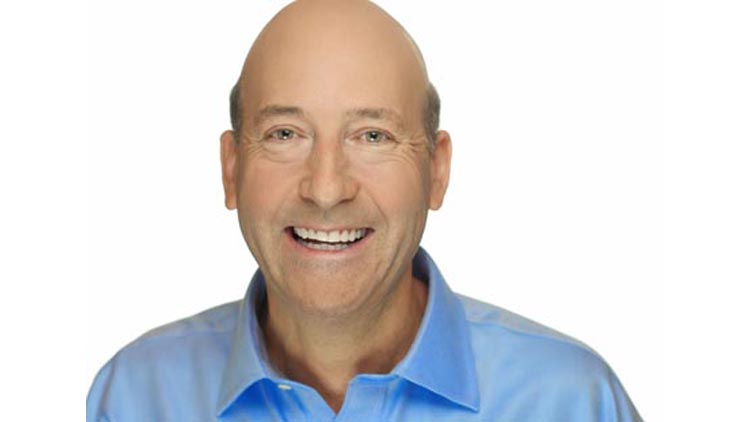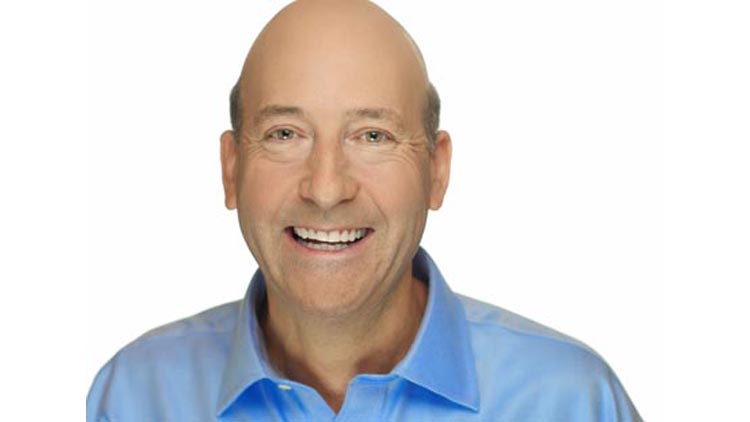What is the Catalyst for Change When Using Legacy Technology Providers?
Many events take place year after year using the same technical providers and crew. A successful show can often lead to the show producer developing a trusted relationship with the technology provider, and a certain comfort level is established. As a result, the same team will often end up in the fortunate position of supporting that show every year. There are benefits to having that level of trust and familiarity with your team. There is less risk involved supporting an event with a time-tested crew, technology, and staging approach that has proven to be successful in the past. Given that, why would a show producer ever change staging providers? What is the catalyst for a change?

There are typically three scenarios in which a show producer might start to look at alternatives outside of their legacy staging providers. First, the staging provider causes a failure on their part, leading to a negative impact on the event. After all, in the live event industry, it’s commonly said that you are “only as good as your last show.” Second, the level of service becomes severely lax, as the provider starts taking the business for granted, and no longer feels the need to go the extra mile. Lastly, someone on the production team realizes they have reached the limitations of what the staging provider can offer, and with the desire to bring a fresh approach to the event, starts to look at other options.
In some of these cases, the show may simply outgrow the staging provider. For example, when the event was in its infancy, and a manageable size, the provider may have been able to offer top-notch service and quality technology. But, as a show grows in attendance, the production needs increase, requiring support on a much larger scale, with additional planning, crew, and technology. To meet these needs over time, staging providers must have the resources and team in place to be able to grow with the show and provide that next level support required for a more technically sophisticated event.
Whatever the catalyst for change, if a producer takes that leap of faith in seeking alternative providers, it can seem like a shorter jump when armed with good core information. When researching a new staging provider, consider the following questions:
• What is the caliber of work of the staging provider? It may seem obvious, but ask to see examples of recent shows, and find out specifics of what the provider offered for these events in terms of support. Does their work impress you? Have they ever supported a show of the size and scale required? If so, be sure to check references. It’s a simple and common request, but a key step in finding out whether they can be a good alternative to your current legacy provider.
• Does the staging provider bring anything new to the table? When using the same provider for years, and they offer the same technology to support your event, the show can easily become stale. A staging provider should be able to demonstrate the latest innovative technology on an ongoing basis that a producer can incorporate into the show to assist with developing fresh concepts that will keep the event up to date with the latest solutions. Not all staging providers carry the latest technologies, and one that stays current on market trends and continues to invest in new industry products is better equipped for a long term partnership.
• Are they eager to please? A staging provider that has earned the trust of a production team to the point where it becomes a given that they will repeatedly win the business should never take that position for granted. If the staging provider has become complacent in their role and service standards are lax, making a change can bring a welcome new energy to the show. When researching a new provider and putting the business out for bid, look for a team that seems genuinely excited about the prospect of earning the business, and goes that extra mile in how they respond. A provider that is engaged and eager during the bidding process is likely to bring that same drive into exceeding expectations when it comes to executing the show.
Becoming comfortable with your technical partners and developing long term, trusted relationships is an extremely valuable resource in the live events industry. Changing up a team’s synergy does not make sense as long as value continues to exist in the relationship, and the technical team pushes the envelope year after year to deliver the best show possible. Customer expectations increase every year – people want their show to have latest and greatest advancements - and it is important to have a team in place that can keep up with these needs and still provide value.
In some cases, the comfort zone can become a dangerous place, and your staging provider should never get too comfortable. The technical team should always act as if they need to re-earn the business every year, and deliver exceptional solutions that raise the bar from the previous year. Show producers may sometimes be cautious about making a change, but if your current provider is falling short of the bar each year, then that change is happening for the right reasons. Break free from the comfort zone and start developing a trusted relationship with a technical partner that can take the show to the next level. Don’t settle for anything less than the best.
About the author: Les Goldberg founded LMG, LLC, a national provider of video, audio, lighting and LED support in 1984 with a small loan from a relative. He also acts as CEO of Entertainment Technology Partners, LLC, the parent company of a collection of exceptional brands within the live event and entertainment technology services industry. He recently published the book, “Don’t Take No for An Answer, Anything is Possible,” available on Amazon and iBooks. For more information, visit www.lmg.net and www.lesgoldberg.com
